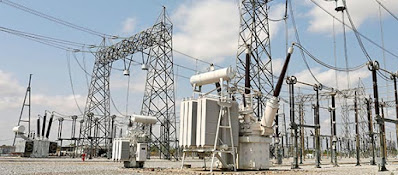The global Electric Insulator Market is expected to grow from an estimated USD 10.17 billion in 2018 to USD 13.34 billion by 2023, at a CAGR of 5.58%. In 2018, the market in Asia Pacific is estimated to be the largest, followed by North America. Factors such as increasing investments in T&D networks, refurbishment of existing grid networks, and growing adoption of renewable energy sources are driving the electric insulator market.
The low voltage segment led the electric insulator market in 2017 as these types of insulators are mostly used in residential applications and across various industries such as chemical plants, food & beverage, cement, steel manufacturing, and other industries. Increasing industrialization and urbanization is one of the major drivers for the growth of the low voltage segment during the forecast period. Factors such as increasing demand for electricity, rising power generation capacity, and increasing usage of renewable sources to generate electricity are expected to boost the demand for the low voltage segment.
Download PDF Brochure: https://www.marketsandmarkets.com/pdfdownloadNew.asp?id=239382720
The
ceramic insulator is expected to hold the largest share of the electric insulator
market
The ceramic insulators are projected to have the largest market share during the forecast period. Ceramic insulators can perform in rugged environments with minimal leakage and provide optimum mechanical strength with considerable stress resistance. Ceramic insulators are less expensive, have a longer life, and are easy to manufacture. Many manufacturers are present in the market, thereby resulting in a higher market share of ceramic insulators compared to composite insulators.
Asia Pacific is
expected to be the fastest growing market for electric insulator
The Asia Pacific is estimated to be the fastest growing market for electric insulator market in 2023 and is projected to grow at the highest CAGR during the forecast period. Increase in population, urbanization, and the growth of the industrial sector have increased the demand for power in countries such as China and India. The government of Asia Pacific countries is planning to develop more electrical grid and power generation capacity, which would further boost the demand for insulator in the region. Therefore, increasing demand for power and upgradation of existing electrical infrastructure is expected to boost the electric insulator demand in the region.
Request Sample Pages: https://www.marketsandmarkets.com/pdfdownloadNew.asp?id=239382720
The leading players in the Electric Insulator Market include ABB (Switzerland), GE (US), Siemens (Germany), Toshiba (Japan), and Aditya Birla (India), NGK Insulators (Japan), Hubbell (United States), Bharat Heavy Electricals Limited (India), LAPP Insulators (United States), Maclean-Fogg (United States), Seves Group (Italy), TE Connectivity (Switzerland).










